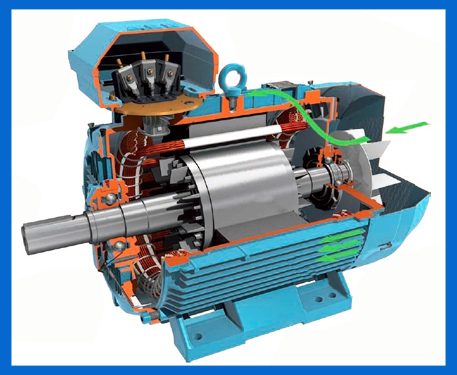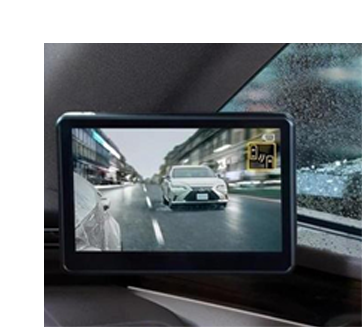What’s the extent of impact of electric vehicle on drivetrain system? Electric Vehicle is driving significant change in drivetrain design for electric vehicles, with the use of different kinds of automatic transmissions and integrated units to optimize efficiency. Despite differences in operating principles, there are similarities. Explore the impact and challenges of drivetrain design and find how RPWORLD comes in to accelerate the design iteration.
What’s the Impact of EV on Drivetrain Design
Electric Vehicle is driving significant change in the way manufacturers approach drivetrain design, as compared to the development process for traditional combustion engine vehicles. This change is reflected in the use of different kinds of automatic transmissions, such as 2-stage spur gear drives, integrated stepped planetary gear drives, or continuously variable transmissions (CVT), to optimize efficiency in state-of-the-art electric vehicles, whereas previously 6-speed manual or 8-speed automatic transmissions were standard in the automotive world.
One notable difference is that electric motors, power electronics, and drivetrains can share a single housing, which reduces the overall number of components in the powertrain and lowers the system's weight. In battery electric vehicles (BEVs), this integrated unit may directly power a combined electric axle drive, while various transmission configurations are possible in hybrid vehicles, depending on how the manufacturer intends the electric motor and combustion engine to interact with each other. 
Challenges in Component Design for Electric Vehicle Drivetrains
Despite the differences in operating principles between electric vehicle drivetrains and their combustion engine counterparts, there are many similarities in the design and manufacturing processes required at the component level. Key components such as straight gears, helical gears, and housings are common to both types of drivetrains. However, specializing such components for electric vehicle drivetrains presents challenges in dealing with the higher torque and speed of rotations that can be achieved with electric motors.
Special considerations for precision manufacturing
The precision manufacturing of transmission components like straight and helical gears or planetary gear drive systems requires tighter tolerances for electric vehicle components. The surface finish of gears also gains new importance as the noise emission of the drivetrain is critical in electric vehicles due to the silent electric motor.
Shift in drivetrain design
Electric Vehicle is driving a significant shift in drivetrain design for state-of-the-art electric vehicles, leading to the use of different kinds of automatic transmissions and integrated units that reduce the overall number of components and weight of the system. Despite differences in operating principles, there are many similarities in the design and manufacturing processes required at the component level. Specializing components for electric vehicle drivetrains requires dealing with higher torque and speed of rotations and tighter tolerances, as well as placing greater importance on surface finish to reduce noise emission from the silent electric motor.
Customized Drivetrain Components to Meet Your Specific Needs
At RPWORLD, we understand that every vehicle's drivetrain requirement is different, and that's why we offer customized drivetrain components with tight tolerance and high efficiency to meet your specific needs. Our 20-years’ experience in manufacturing allows you to turn your design into reality fast and accelerate your iteration and prototyping verification.





